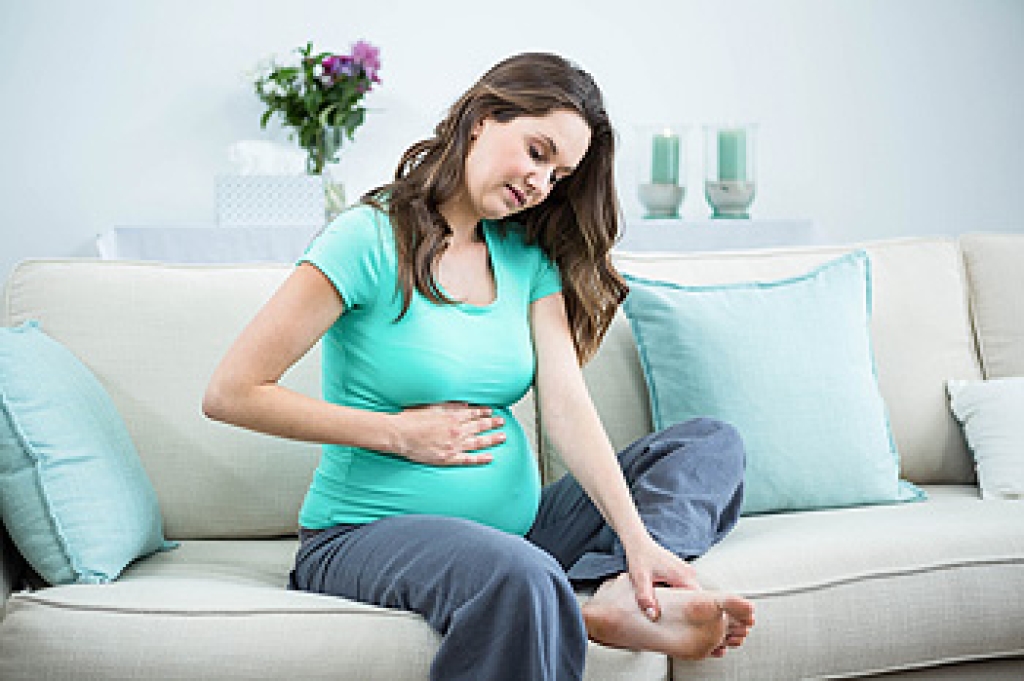
It can be easy to confuse strains and sprains because both can cause ankle pain. An ankle sprain is the result of overstretching a ligament. This can happen to anyone, but is especially common among those involved in strenuous physical activity. A strain is the tearing of a muscle or tendon. Strains and sprains frequently occur in tandem, as the result of a sudden injury to the ankle joint. The ankle joint is a complex structure involving bones, ligaments, tendons, and muscles that work together to allow the body to move and absorb the stress of that movement. If too much weight is applied or the joint is stretched too far, injuries to any of the elements of the ankle joint can occur. Sprains and strains can range from a slight tear to a complete rupture. Treatment is dependent on the severity of the injury, as is recovery time. In most cases, healing from an ankle injury is likely to take months. If you have experienced an ankle injury, it is suggested that you make an appointment with a podiatrist for an exam, a diagnosis, and a course of treatment.
Although ankle sprains are common, they aren’t always minor injuries. If you need your ankle injury looked at, contact Dr. Castillo from Bronx Foot Care. Our doctor can provide the care you need to keep you pain-free and on your feet.
How Does an Ankle Sprain Occur?
Ankle sprains are the result of a tear in the ligaments within the ankle. These injuries may happen when you make a rapid shifting movement while your foot is planted. A less common way to sprain your ankle is when your ankle rolls inward while your foot turns outward.
What Are the Symptoms?
- Pain at the sight of the tear
- Bruising/Swelling
- Ankle area is tender to touch
- In severe cases, may hear/feel something tear
- Skin discoloration
Preventing a Sprain
- Wearing appropriate shoes for the occasion
- Stretching before exercises and sports
- Knowing your limits
Treatment of a Sprain
In many cases, the RICE method (Rest, Ice, Compression, and Elevate) is used to treat ankle sprains. However, you should see a podiatrist to see which treatment option would work best with your injury. In severe cases, surgery may be required.
It is important to ask your doctor about rehab options after you receive treatment for your injury. Stretching, strength training, and balance exercises may help the ankle heal while also preventing further injury.
If you have any questions, please feel free to contact our offices located in Bronx, NY Yonkers, NY . We offer the newest diagnostic and treatment technologies for all your foot care needs.




